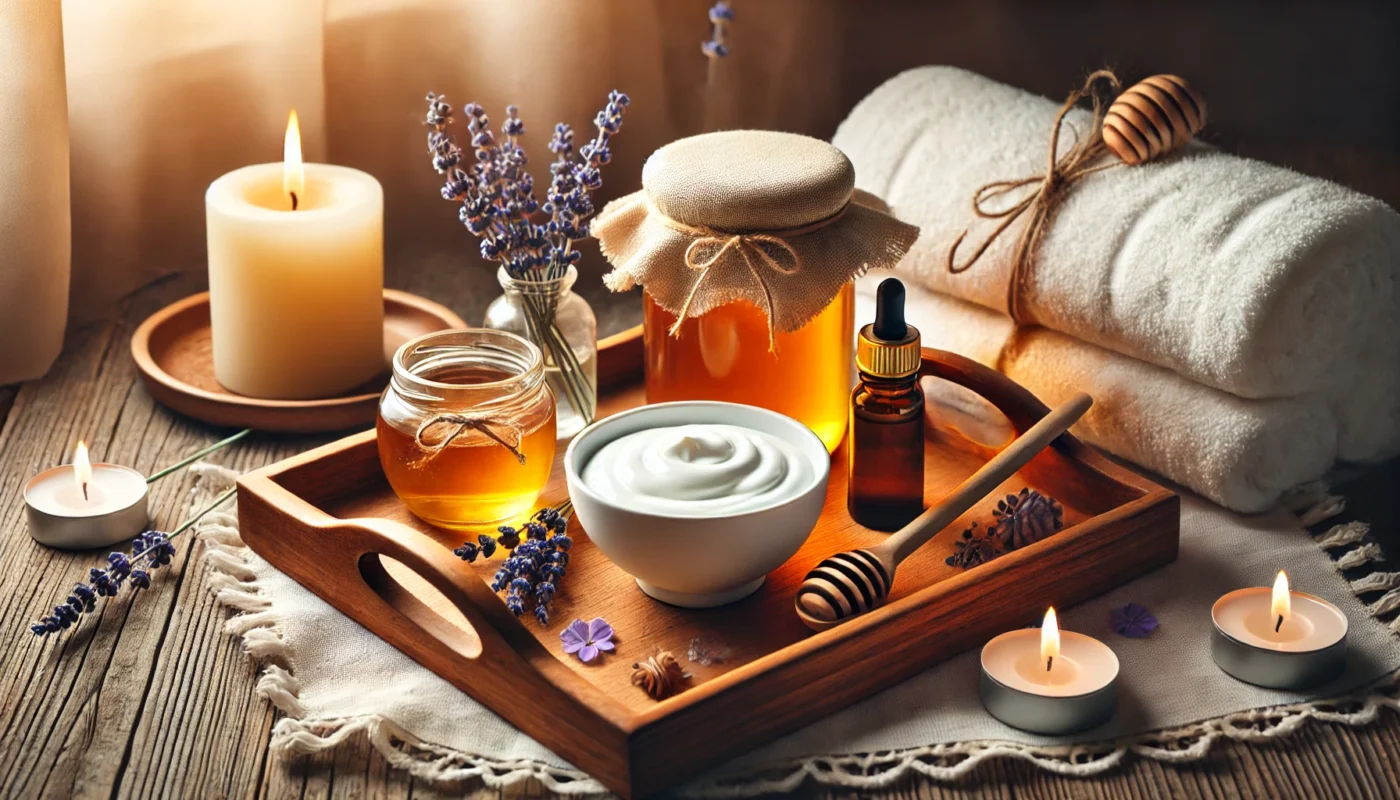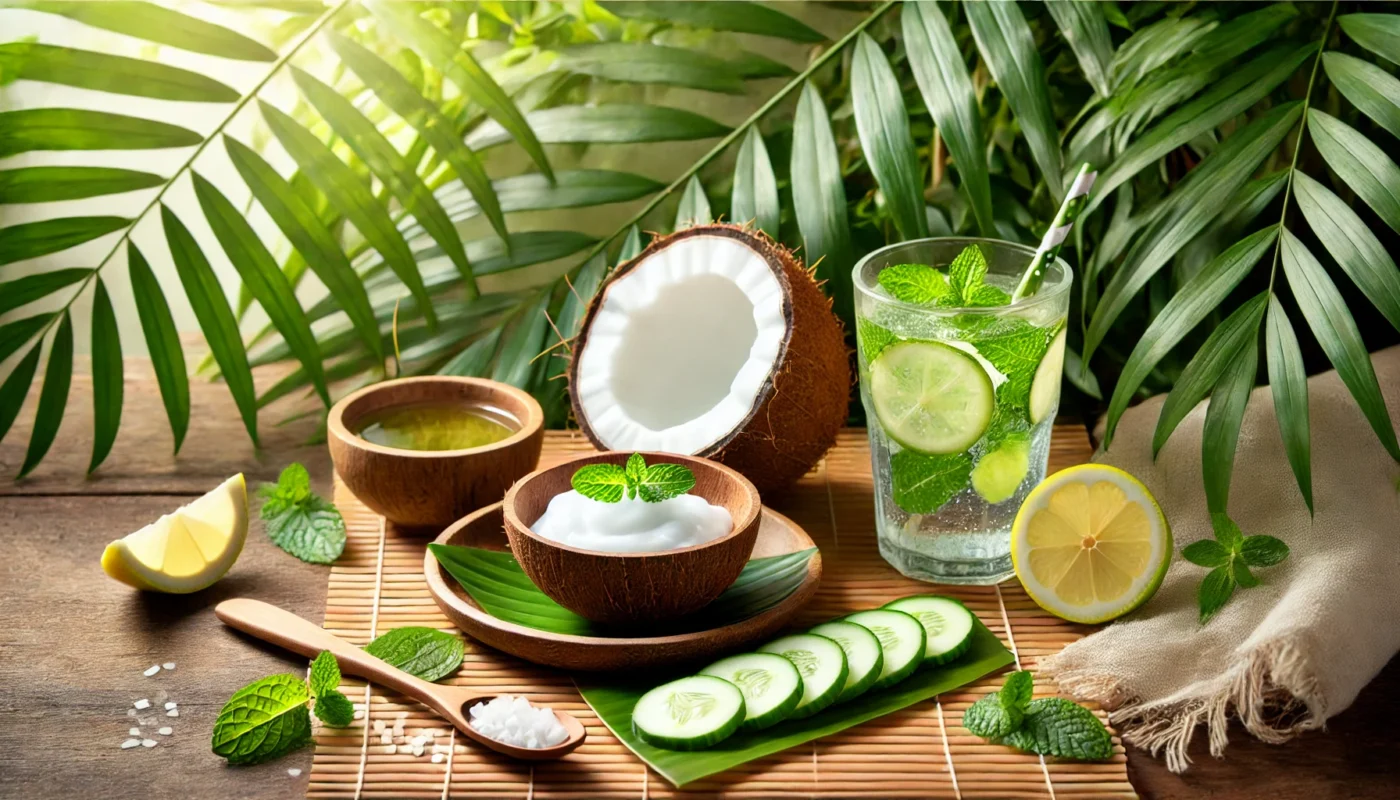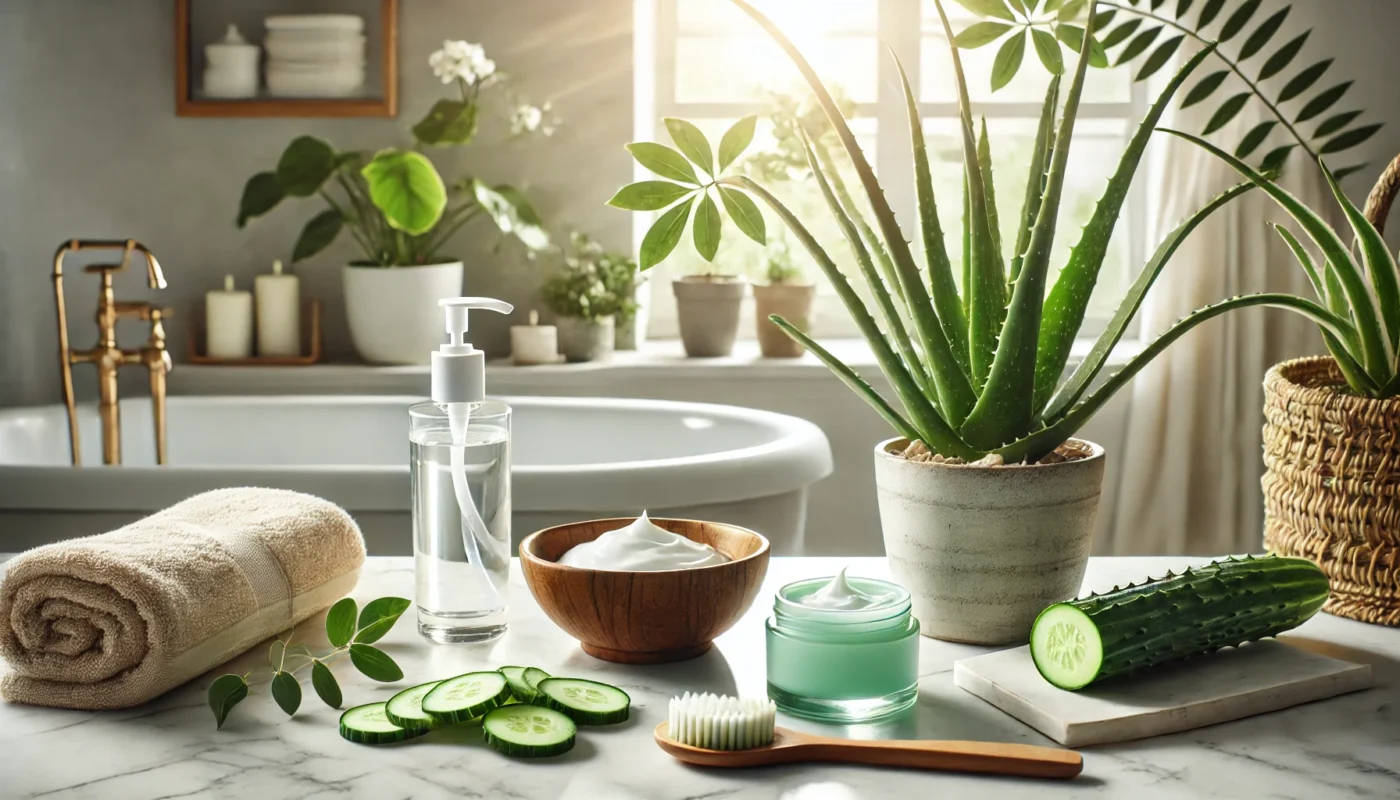Sunbed burns occur when the skin is overexposed to ultraviolet (UV) radiation, similar to sunburns caused by natural sunlight. The intensity of UV rays in sunbeds can often lead to burns if adequate precautions are not taken. It’s crucial to recognize the symptoms early, which include redness, swelling, tenderness, and sometimes blistering.
You may also like: Essential Tips for Sun Protection Daily
The Science Behind UV Radiation
UV radiation from sunbeds penetrates the skin layers, causing damage to the DNA of skin cells. This damage triggers an inflammatory response, leading to the characteristic redness and pain of a burn. Understanding this mechanism highlights the importance of taking preventive measures and applying effective treatments post-exposure. UV radiation is categorized into UVA, UVB, and UVC rays, with UVA being the primary culprit in tanning beds. This type of radiation can deeply penetrate the skin, accelerating aging and increasing cancer risk.
Symptoms and Severity
Identifying the severity of sunbed burns is crucial for effective treatment. Mild burns may only cause slight redness and discomfort, while more severe burns can lead to blisters and intense pain. Recognizing these symptoms promptly can prevent further complications and ensure timely intervention. Blisters indicate a second-degree burn, which requires more intensive care to prevent infection and promote healing.
Long-term Effects of UV Exposure
Prolonged exposure to UV radiation not only increases the risk of burns but can also lead to long-term skin damage. Chronic exposure can result in premature aging, hyperpigmentation, and an increased risk of skin cancer. Understanding these long-term effects emphasizes the need for cautious sunbed use and effective skin care practices.
Immediate Steps Post Sunbed Exposure
The first step in managing sunbed burns is to halt further UV exposure. If you notice signs of burning while tanning, it’s vital to stop immediately and assess the damage.
Cooling the Skin
Applying a cool compress or taking a cool shower can help reduce the heat in the skin and mitigate inflammation. Avoid using ice directly on the skin, as it can cause further damage. Instead, wrap ice in a soft cloth or use a cold pack. Cooling the skin helps constrict blood vessels, reducing redness and swelling. This simple step can significantly alleviate discomfort and prevent further damage.
Hydration is Key
Burnt skin is often dehydrated. Drinking plenty of water helps replenish lost fluids and supports the skin’s healing process. Additionally, moisturizing the affected area with a gentle, fragrance-free lotion can help retain moisture. Proper hydration aids in the repair of damaged cells and promotes overall skin health. Opt for lotions containing ingredients like hyaluronic acid or glycerin for maximum moisture retention.
Over-the-Counter Relief
Several over-the-counter remedies can provide immediate relief for sunbed burns. Look for products containing aloe vera, hydrocortisone, or calamine, as these can soothe irritation and reduce inflammation. These products are readily available and can be applied directly to the affected area for quick relief. However, always perform a patch test to ensure no allergic reactions occur.
Holistic Remedies for Sunbed Burn Relief
Holistic approaches often provide effective relief without the side effects associated with some conventional treatments. Here are several remedies that can offer soothing relief:
Aloe Vera
Aloe vera is renowned for its soothing and healing properties. Applying a gel directly from the plant to the affected area can provide instant relief and promote healing. Its natural anti-inflammatory and moisturizing properties make it an ideal remedy for sunbed burns. Aloe vera contains compounds that accelerate skin repair and reduce inflammation, making it a staple in burn treatment.

Essential Oils
Lavender and chamomile essential oils are known for their calming effects on the skin. Dilute a few drops in a carrier oil, such as coconut or almond oil, and gently apply to the burned area. These oils can help reduce inflammation and promote skin repair. Always perform a patch test to prevent allergic reactions. Essential oils offer a natural way to soothe the skin while providing a pleasant aroma.
Oatmeal Baths
An oatmeal bath can offer relief from the itching and irritation associated with sunbed burns. Finely ground oatmeal added to a lukewarm bath creates a soothing soak that calms inflamed skin. This remedy is especially beneficial for larger areas of burned skin. Oatmeal contains avenanthramides, which reduce inflammation and itching, offering a natural solution to sunburn discomfort.
Cucumber Slices
Cucumbers have cooling and hydrating properties that can provide relief to burnt skin. Applying chilled cucumber slices to the affected area can soothe irritation and reduce swelling. The antioxidants in cucumbers aid in skin repair and promote a calming effect. This simple remedy is both refreshing and effective.
Honey Applications
Honey is a natural humectant and has antibacterial properties. Applying a thin layer of honey on sunbed burns can help lock in moisture and prevent infections. Honey promotes healing by creating a protective barrier over the skin, enhancing the recovery process. Its soothing properties make it an excellent addition to any sunburn treatment regimen.
Alternative Approaches for Skin Recovery
Apart from immediate relief, focusing on long-term skin recovery is essential. Here are some alternative strategies to enhance the healing process:
Antioxidant-Rich Diet
Consuming a diet rich in antioxidants can support skin repair from the inside out. Foods high in vitamins C and E, such as berries, nuts, and leafy greens, can help neutralize free radicals caused by UV exposure and promote healthy skin regeneration. Antioxidants combat oxidative stress, a key factor in skin aging and damage. Including these foods in your diet can bolster your skin’s resilience against future sun exposure.
Herbal Supplements
Certain herbal supplements, like calendula and comfrey, have been traditionally used to support skin healing. These can be taken as teas or applied topically in the form of ointments. Always consult with a healthcare professional before beginning any supplement regimen. Herbal supplements offer a natural way to enhance skin recovery and promote overall health. Their anti-inflammatory properties can significantly aid in the healing process.
Stay Sun-Safe
While it might be tempting to return to tanning, giving your skin ample time to heal is crucial. Use broad-spectrum sunscreen when outdoors, wear protective clothing, and consider self-tanning lotions or sprays as a safer alternative to achieve that desired glow. Sun safety is paramount in preventing further damage and ensuring long-term skin health. Emphasizing sun-safe habits can prevent future burns and maintain your skin’s natural beauty.
Gentle Exfoliation
Once the initial burn has healed, gentle exfoliation can help remove dead skin cells and promote new skin growth. Use a soft exfoliating scrub or brush to avoid irritating sensitive skin. Exfoliation aids in the regeneration process and can improve skin texture and appearance. However, always ensure the skin is fully healed before attempting this step.
Hydration and Moisturization
Continuing to hydrate and moisturize the skin is vital for long-term recovery. Incorporate hydrating serums and rich moisturizers into your daily skincare routine to maintain moisture levels and support healing. Ingredients like ceramides and shea butter can provide deep hydration and strengthen the skin’s barrier function.
Prevention: The Best Cure
Preventing sunbed burns is always preferable to treating them. Here are some tips to prevent future occurrences:

Gradual Tanning
Start with short sessions and gradually increase exposure to allow your skin to build a natural tolerance to UV radiation. Always use protective eyewear and consider using a tanning lotion designed to enhance and protect your skin. Gradual tanning minimizes the risk of burns and allows the skin to adjust to increased UV exposure. This approach ensures a safer tanning experience.
Monitor Skin Changes
Regularly check your skin for any changes or unusual moles, especially after sunbed use. Early detection of skin damage can prevent more serious conditions in the future. Monitoring skin changes allows for timely intervention and treatment, reducing the risk of long-term damage. Being proactive in skin assessments can safeguard your health.
Educate Yourself
Understand the risks associated with sunbed use. While they can provide a quick tan, the potential for skin damage should not be underestimated. Educating yourself on safe practices and alternatives can save your skin from unnecessary harm. Knowledge empowers you to make informed decisions about tanning and skin care, ensuring a balance between aesthetic desires and health priorities.
Tanning Alternatives
Consider alternatives to traditional sunbed tanning, such as spray tans or self-tanning lotions. These options provide a sun-kissed glow without the harmful effects of UV radiation. Exploring alternatives can help you achieve your desired appearance while maintaining skin health and safety.
Professional Guidance
Seek advice from skincare professionals or dermatologists to understand the safest tanning practices and how to care for your skin post-exposure. Professional guidance can offer personalized solutions tailored to your skin type and concerns, optimizing your tanning experience and recovery.

Conclusion
Sunbed burns, though painful, can be effectively managed with the right knowledge and tools. By integrating holistic and alternative remedies, you can alleviate discomfort and promote skin healing. Remember, the best approach is prevention, so take steps to protect your skin and enjoy a healthy, radiant glow responsibly. By staying informed and cautious, you can maintain your skin’s health while indulging in the occasional tan. Embrace a comprehensive approach to skin care, combining immediate relief, long-term recovery, and preventive measures for the best results.
Further Reading:
How to Heal a Tanning Bed Burn
7 Sunburn Relief Tips (and How To Prevent It Next Time)
sunburn, sunbed, sunbed burn relief, burnt on sunbed, skincare, UV radiation, sun safety, aloe vera, essential oils, holistic remedies, skin healing, tanning tips, moisture retention, skin damage prevention, natural treatments.
Important Note: The information contained in this article is for general informational purposes only, and should not be construed as health or medical advice, nor is it intended to diagnose, prevent, treat, or cure any disease or health condition. Before embarking on any diet, fitness regimen, or program of nutritional supplementation, it is advisable to consult your healthcare professional in order to determine its safety and probable efficacy in terms of your individual state of health.
Regarding Nutritional Supplements Or Other Non-Prescription Health Products: If any nutritional supplements or other non-prescription health products are mentioned in the foregoing article, any claims or statements made about them have not been evaluated by the U.S. Food and Drug Administration, and such nutritional supplements or other health products are not intended to diagnose, treat, cure, or prevent any disease.

